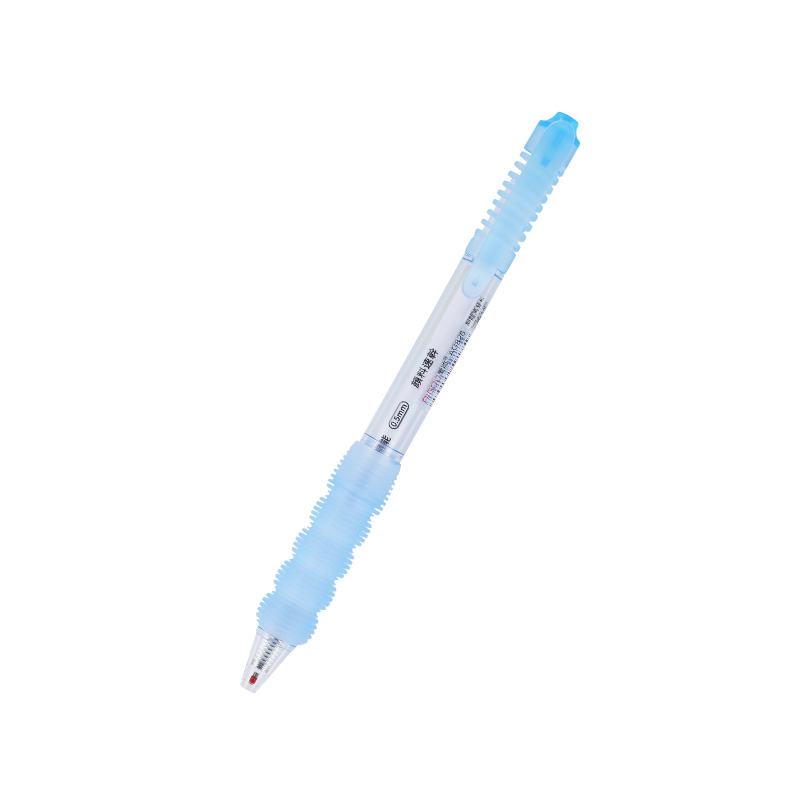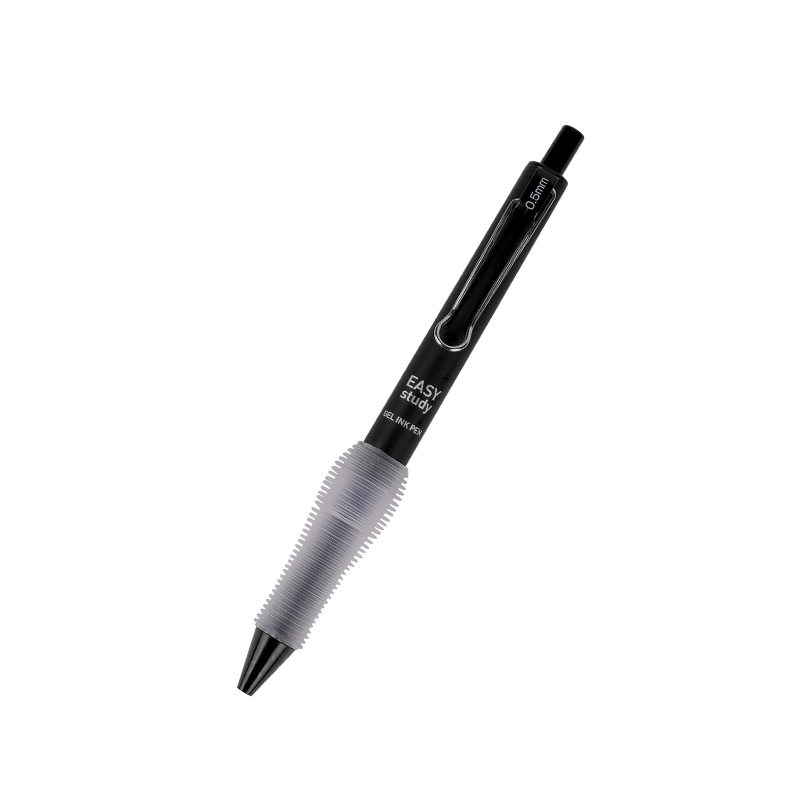The Evolution and Unique Qualities of the Rolling Ball Pen
Wholesale rolling ball pilot precise pens Factory
The rolling ball pen has become a ubiquitous tool in the modern world, seamlessly blending practicality with precision. Known for its smooth writing experience and efficient ink delivery system, the rolling ball pen has a rich history and continues to be a preferred choice for many. In this article, we explore the origins and evolution of the rolling ball pen, highlighting its key differences from other writing instruments such as fountain pens and ballpoint pens.
The rolling ball pen traces its origins back to the mid-20th century when inventors were actively seeking ways to improve the efficiency and convenience of writing instruments. In 1963, the original commercially successful rolling ball pen was introduced by the Japanese company Ohto. The invention was driven by the desire to create a pen that combined the fluid ink flow of a fountain pen with the convenience of a ballpoint pen. Ohto’s design used water-based ink, which offered smoother writing and brighter colors compared to the oil-based ink commonly used in ballpoint pens.
Before the rolling ball pen, writing instruments such as fountain pens were widely used. However, these pens required frequent refills, and their nibs were prone to leaking or damaging paper if not handled carefully. The rolling ball pen solved many of these issues by introducing a rotating ball at the pen's tip. This ball, typically made of steel or tungsten carbide, controls the flow of ink as it moves across the paper, resulting in a consistent and smooth line. The introduction of the rolling ball pen marked a significant technological advancement in writing tools, quickly gaining popularity for its simplicity and efficiency.
The initial success of the rolling ball pen inspired continuous improvements in its design and functionality. One of the notable developments was the introduction of gel ink in the 1980s. Gel ink was thicker than traditional water-based ink, offering the smooth writing experience of the rolling ball pen while also providing better color saturation and less bleed-through on paper. This innovation made the rolling ball pen even more versatile, and appealing to both casual users and professionals who needed precise, vibrant writing.
Another key improvement was the refinement of the ball mechanism. Early rolling ball pens used metal balls that occasionally caused ink smudging or inconsistent ink flow. However, advancements in ball technology led to the creation of more durable and precise balls made from ceramic or refined metals. These materials improved the longevity of the pen and ensured a cleaner writing experience. Additionally, manufacturers began offering rolling ball pens in various tip sizes, catering to users who preferred either fine or bold lines.
The rolling ball pen also adapted to environmental concerns. Many companies started producing refillable pens, reducing plastic waste and promoting sustainability. This feature further distinguished the rolling ball pen from disposable ballpoint pens, which contributed significantly to environmental pollution. As a result, the rolling ball pen became not only a practical tool but also a more eco-conscious choice.
Key Differences Between Rolling Ball Pens, Ballpoint Pens, and Fountain Pens
The rolling ball pen stands out from other writing instruments like ballpoint pens and fountain pens due to its unique features and ink technology. One of the more significant differences between the rolling ball pen and the ballpoint pen is the type of ink used. Ballpoint pens typically use oil-based ink, which is thicker and dries quickly, but often results in a less smooth writing experience. The rolling ball pen, on the other hand, uses water-based or gel-based ink, which flows more easily and produces sharper, more vibrant lines. This makes the rolling ball pen a better choice for long writing sessions or for tasks that require precision, such as drawing or detailed note-taking.
Another difference is the rolling mechanism. In both rolling ball pens and ballpoint pens, a ball in the tip rotates to transfer ink to the paper. However, the ball in a rolling ball pen is typically smaller and more precisely engineered, which contributes to the pen's smoother and more controlled writing. This mechanism, combined with the use of water-based ink, makes the rolling ball pen less prone to skipping or leaving gaps in the writing, which is a common issue with ballpoint pens.
When compared to fountain pens, the rolling ball pen offers a similar fluidity in writing but without the maintenance required for fountain pens. Fountain pens use a nib to distribute ink from an internal reservoir, and they often require regular cleaning and careful handling. While fountain pens are appreciated for their elegance and traditional craftsmanship, they are less convenient for everyday use. The rolling ball pen provides a compromise between the smooth, flowing ink of a founn pen and the ease of use associated with ballpoint pens.
Today, the rolling ball pen is used across a wide range of applications. In professional settings, it is favored for its precise lines and smooth writing, making it an outstanding tool for signing documents, taking notes, or writing long reports. Artists and designers also appreciate the rolling ball pen for its ability to produce fine lines and vivid colors, which are ideal for sketches, illustrations, and other creative works.
The rolling ball pen has also maintained its popularity in educational settings. Students and teachers alike prefer it for note-taking, where clarity and legibility are essential. The smooth ink flow reduces hand fatigue, making it easier to write for extended periods.
Moreover, the rolling ball pen has become a popular choice for personal use, from writing letters to maintaining journals. Its versatility, combined with the wide variety of ink colors and tip sizes available, allows users to customize their writing experience according to their preferences.
The rolling ball pen has evolved significantly since its introduction in the 1960s, transforming from a simple writing tool into a sophisticated and versatile instrument. Its water-based or gel-based ink, combined with the precision ball mechanism, provides a nice writing experience compared to traditional ballpoint pens. Whether for professional use, creative endeavors, or everyday tasks, the rolling ball pen remains a favored choice due to its smooth writing, bright colors, and adaptability.







